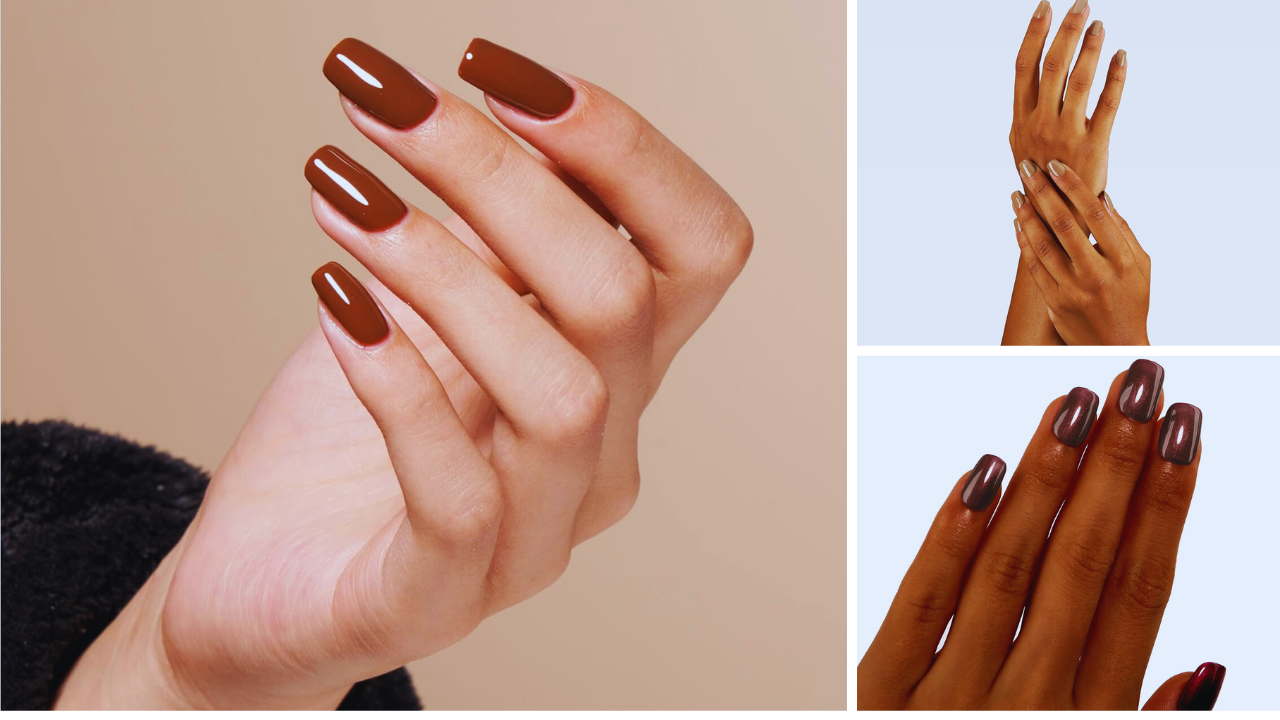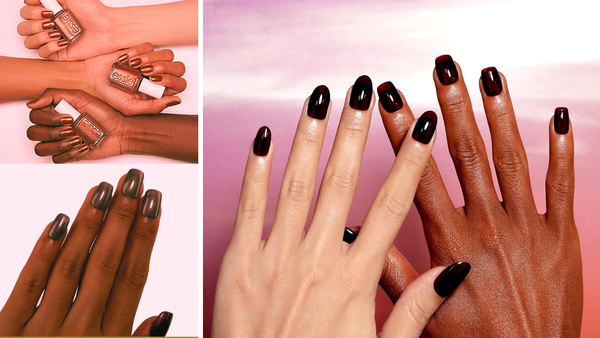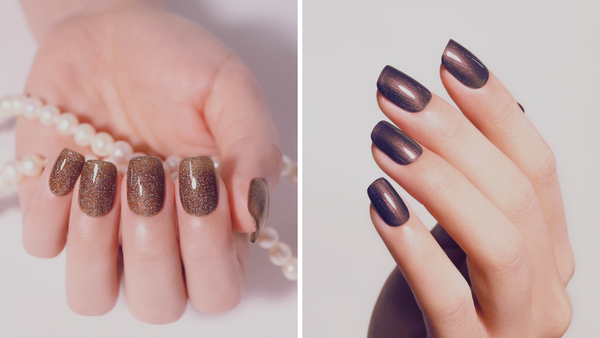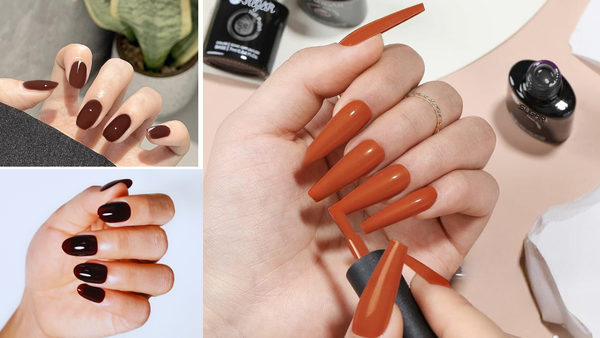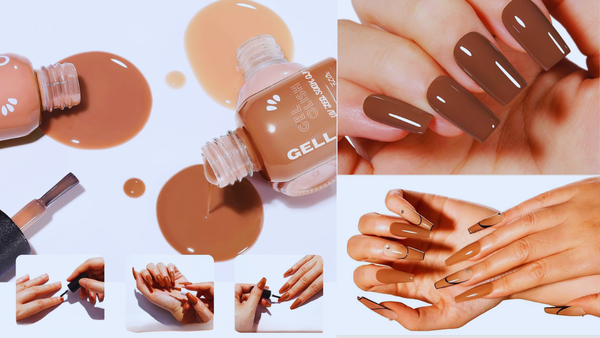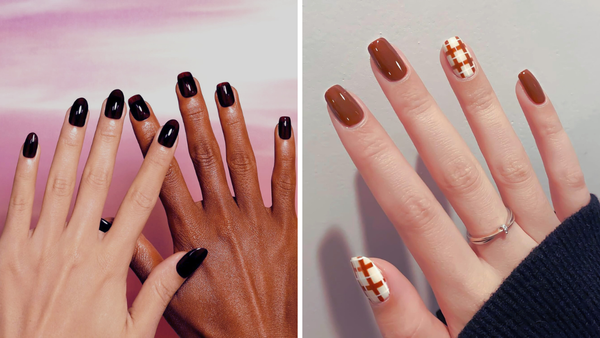Key Takeaways:
- Brown nail polish can stain nails, especially if they are porous or damaged.
- Preventive measures like using a base coat and proper removal techniques can minimize staining.
- Remedies such as baking soda, lemon juice, and whitening toothpaste can help remove stains.
Nail polish is a fantastic way to express personal style and keep your nails looking great. However, many nail enthusiasts ask, "Does brown nail polish stain nails?" The answer isn't straightforward, as several factors contribute to nail staining. In this article, we'll explore the relationship between brown nail polish and nail stains, preventive measures, and solutions for stained nails.
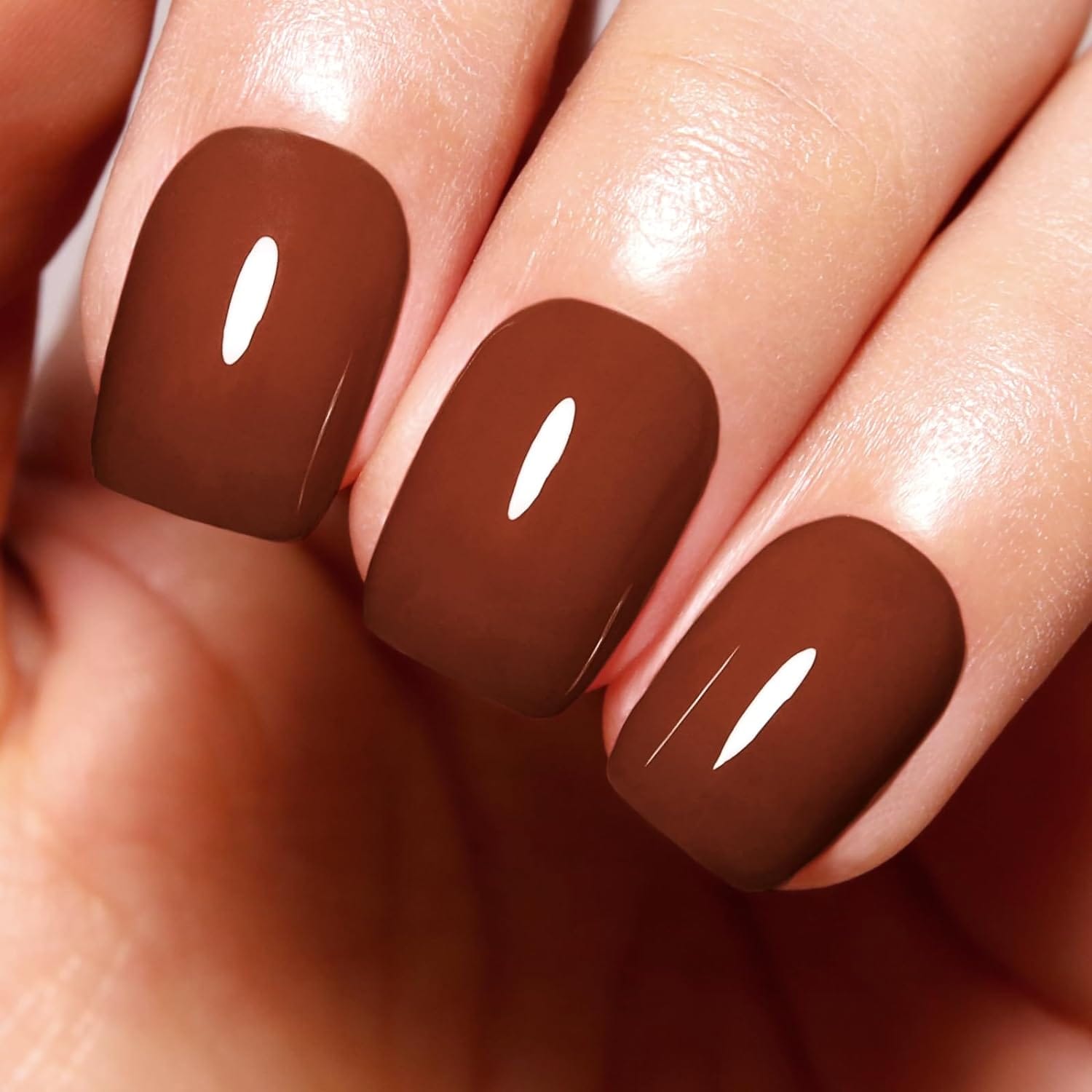
The Science Behind Nail Staining
When you apply dark nail polishes, like brown, the pigments can seep into the top layers of your nail plate. This is particularly true if your nails are porous or weakened by chemicals or rough treatment. The staining results from a chemical reaction between the colorants in the polish and the keratin in your nails, leading to discolored nails ranging from a light yellow to a dark brown hue.
The Role of Nail Health
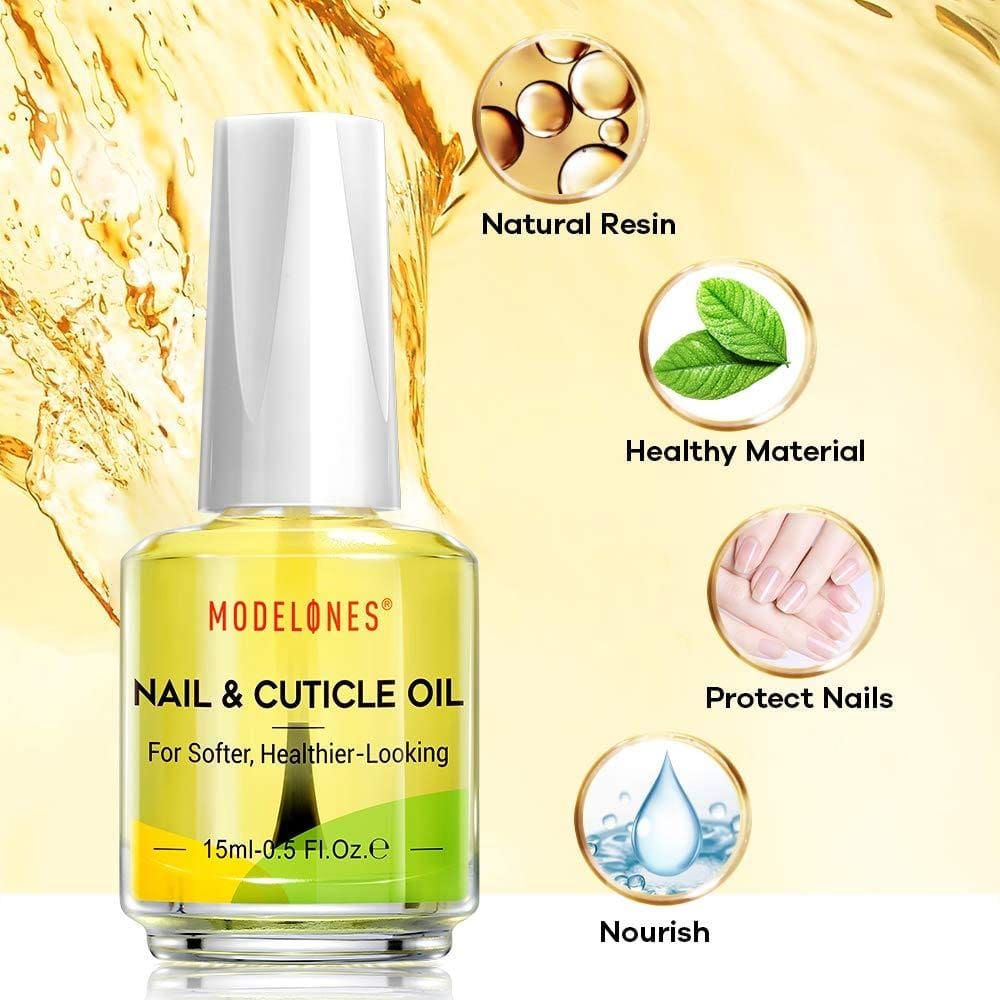
Healthy nails are less likely to stain, but how can you keep them in top condition? Oils, such as olive or cuticle oil, can keep your nails hydrated and maintain their integrity. Additionally, avoiding harsh chemicals and wearing gloves during cleaning can prevent your nails from becoming porous and more susceptible to staining.
Preventing Stains with a Base Coat
One of the most effective ways to prevent nail polish stains is to apply a base coat before your color. A base coat creates a protective barrier between the nail bed and the polish, significantly reducing the risk of pigments seeping into the natural nail. It's a simple step that can make a big difference in keeping your nails stain-free.
Proper Application Techniques
Applying nail polish correctly can also help prevent stains. Ensure that each layer of polish, including the base coat, top coat, and the color itself, is fully dry before adding the next. This helps seal the pigments and prevent them from staining the nail plate.
The Impact of Darker Colors
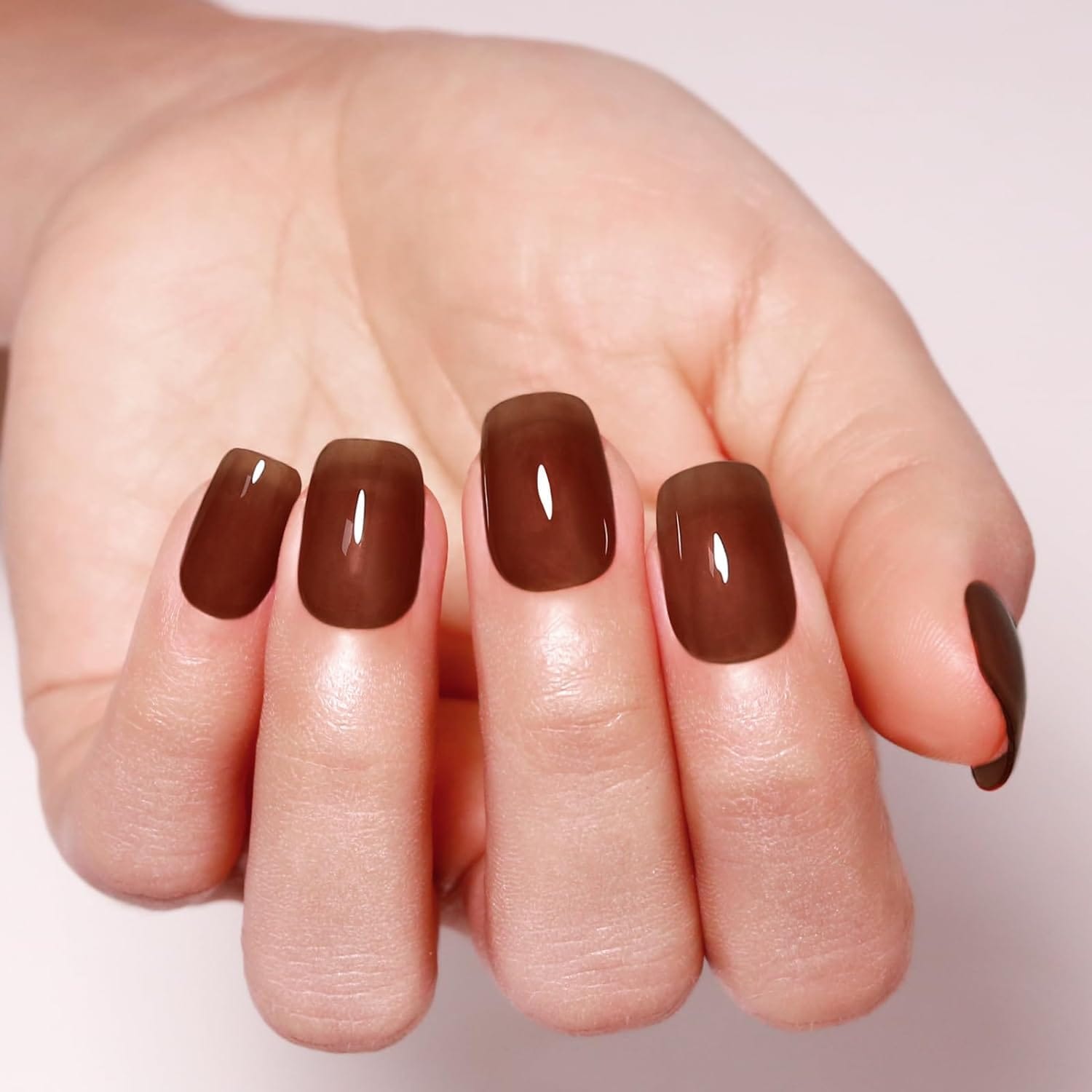
Darker colors, like brown, contain darker pigments more likely to cause nail discoloration. If you're concerned about staining, consider alternating your nail color choices, mixing bright colors with darker shades to give your nails a break and prevent the buildup of pigments.
Removing Nail Polish the Right Way
The method you use to remove nail polish can also affect staining. Instead of rubbing the polish off, which can push pigments into the nail bed, press a soaked cotton ball onto the entire nail and wait a few seconds before wiping away the polish in a gentle, circular motion. This helps to lift the polish off the nail without causing stains.
When Nail Stains Happen
Despite your best efforts, you might still end up with stained nails. If this happens, there are several home remedies you can try. A paste made from baking soda and hydrogen peroxide can be applied to the nails with an old toothbrush to gently scrub away yellow stains.
Exploring the Chemistry of Nail Polish Pigments
When pondering the question, "Does brown nail polish stain nails?" it's essential to dive into the chemistry of nail polish pigments. Dark nail polishes, including brown shades, often contain pigments with larger molecules that can penetrate the top layers of the nail plate. This penetration can lead to nail staining, especially if the nails are porous or damaged. The chemical reaction between the nail keratin and the darker pigments typically results in discolored nails, ranging from a light yellow to a more pronounced brown hue.
The risk of nail polish stains increases with the frequency of wearing nail polish, particularly dark nail polish. The pigments can accumulate over time, creating a more permanent nail discoloration. This is why it's crucial to give your nails a break from polish occasionally, allowing them to return to their natural state. During these breaks, nails can recover from any potential chemical reactions and maintain their healthy appearance. Remember, stained nails don't necessarily indicate an unhealthy nail bed, but they can be a sign that your nails need a little respite from the constant application of dark color polish.
The Protective Power of Oils and Hydration
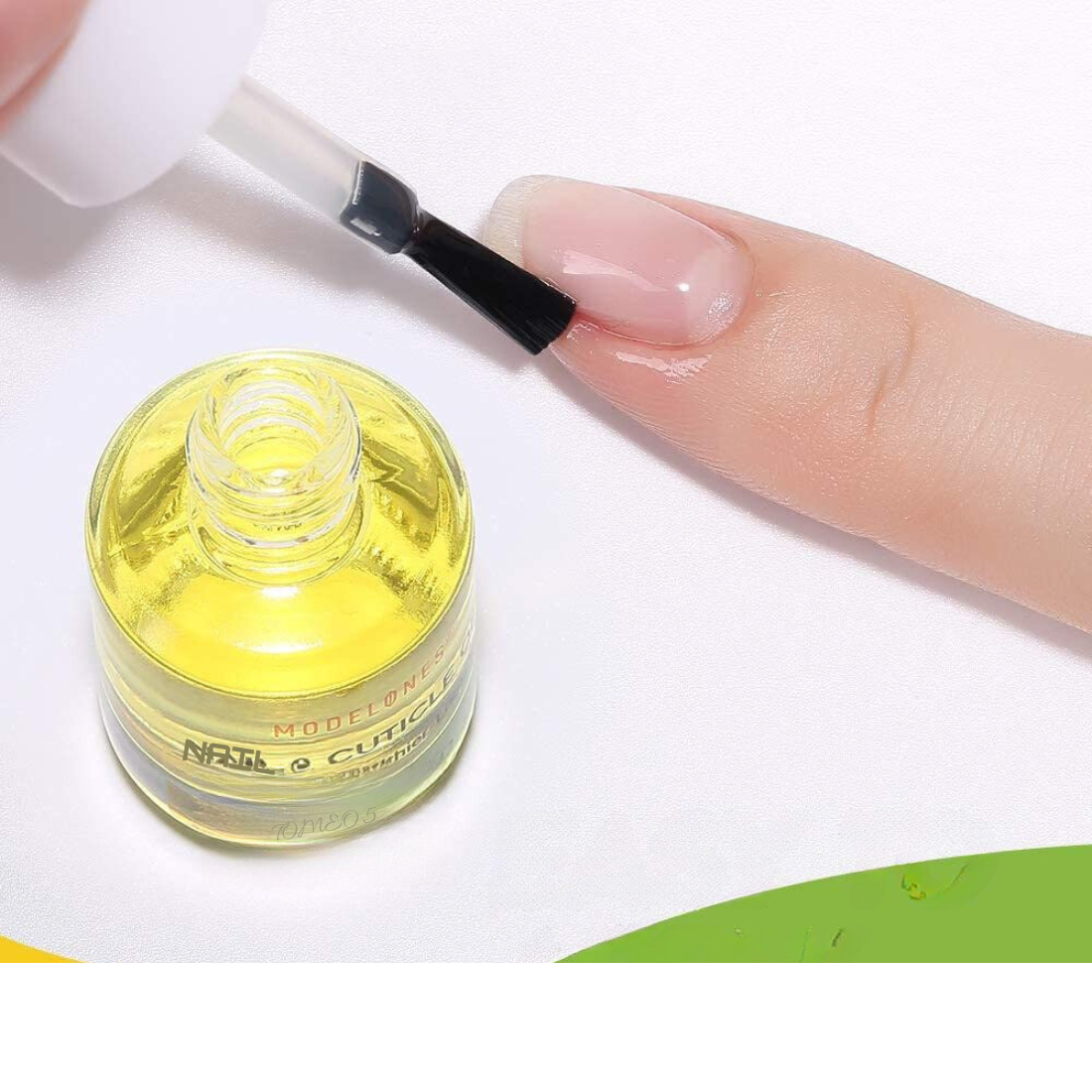
Maintaining hydrated nails is paramount in preventing stains and keeping nails happy. One might not immediately think olive oil as a nail care product, but it can be a game-changer. Massaging olive oil or cuticle oil into the nails and cuticles can create a protective barrier, reducing the risk of skin irritation and helping to prevent stains from dark nail polishes. The oils nourish the natural nail, promoting strength and resilience against the harsh chemicals found in some nail polishes.
In addition to oils, using a hydrogen peroxide solution can be a gentle yet effective way to remove nail polish stains. By mixing hydrogen peroxide with warm water and soaking your nails, you can help lift yellow stains without causing harsh damage to the nail plate. This method is particularly useful for those who prefer home remedies over commercial products. However, it's important to use this technique sparingly to avoid drying out the nails and skin. Always follow up with a hydrating agent, like olive oil, to keep your nails in tip-top condition after treating them with any stain-removing solution.
The Power of Lemon Juice and Baking Soda
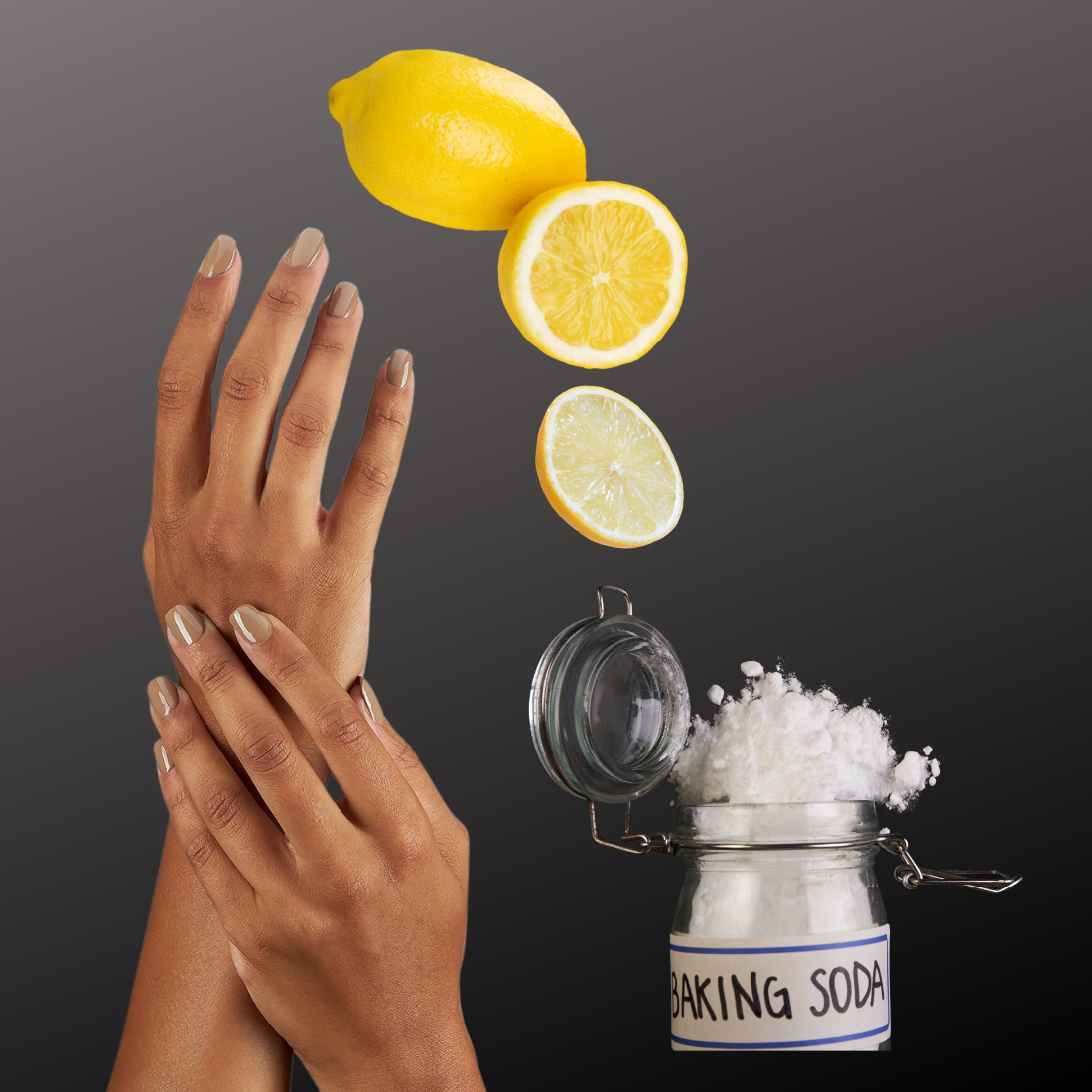
Lemon juice is a natural bleaching agent that can help lighten discolored nails. Combine it with baking soda to create a potent stain-removing solution. Soak your nails in warm water for a few minutes before applying the mixture, and then gently scrub the stains away.
Whitening Toothpaste: Not Just for Teeth
Whitening toothpaste isn't just for keeping your teeth sparkling; it can also help remove stains from your nails. Apply a small amount to each nail, leave it on for a few minutes, and gently brush it off. The mild abrasives and whitening agents in the toothpaste can help restore your nails to their natural state.
The Role of Nail Salons
If home remedies don't work, consider visiting a nail studio or a board-certified dermatologist. Professionals have access to stronger products and techniques that can effectively remove stubborn stains without causing further damage to your nails.
Long-Term Nail Care
To keep your nails happy and healthy in the long run, it's important to give them regular breaks from polish. This allows them to breathe and recover from any potential damage caused by prolonged polish wear. Additionally, keeping your nails trimmed and filed can prevent the polish from chipping and staining the skin around your nails.
The Debate Over Nail Polish Remover
When removing nail polish, the remover you use can make a difference. Acetone-based removers are effective but can be harsh and lead to more porous nails. Non-acetone removers are gentler but may require more effort to remove dark colors. Choose the option that best suits your nail health and polish removal needs.
Soaking Your Nails: Pros and Cons
Some recommend soaking your nails in a hydrogen peroxide solution and warm water to remove stains. While this can be effective, it's important to limit the soaking time to prevent skin irritation and further weakening of the nail.
The Importance of Hydration
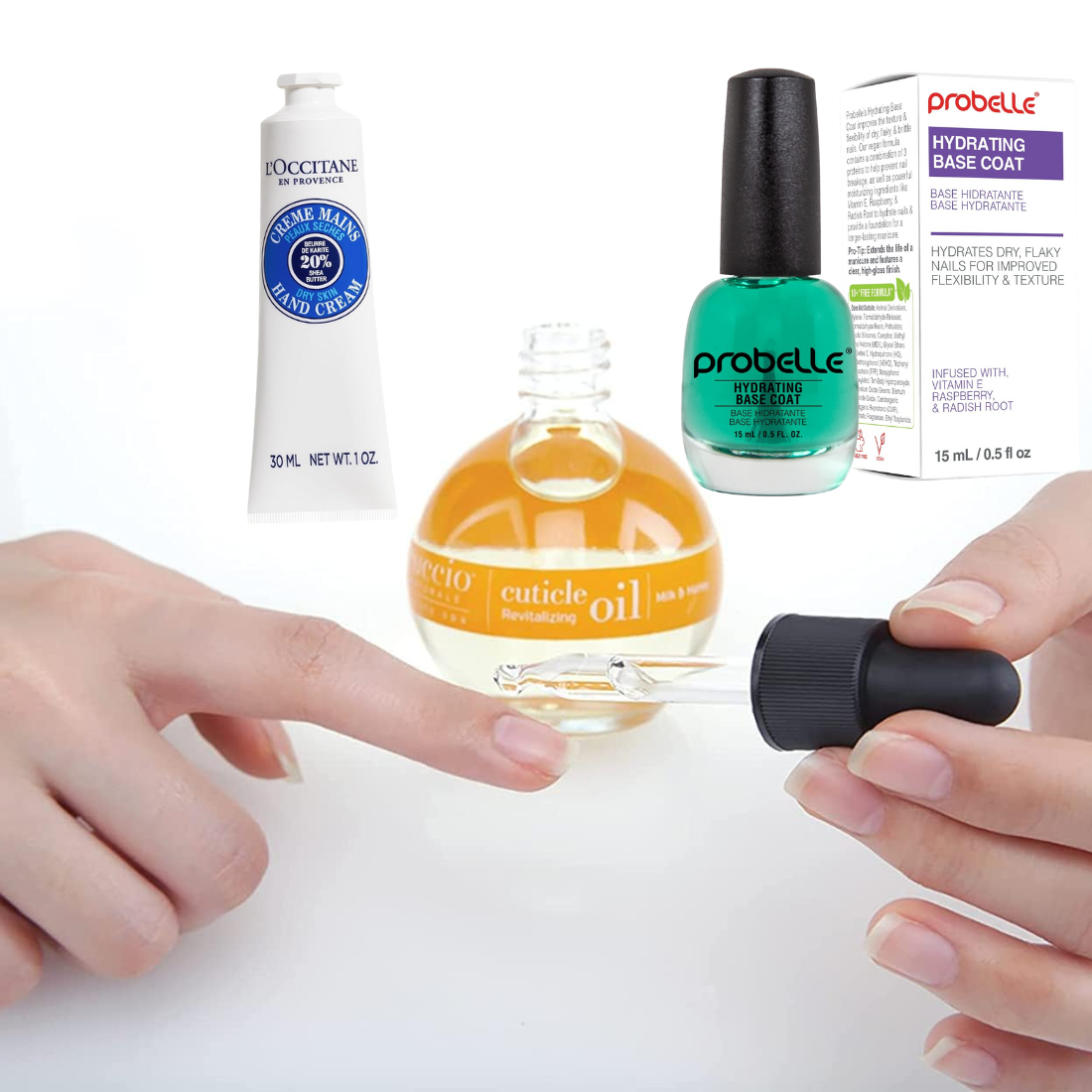
Keeping your nails and cuticles hydrated is crucial for preventing stains. Regularly applying cuticle oil and hand cream can help maintain the moisture balance in your nails, making them less likely to absorb polish pigments.
Summary
Brown nail polish can stain nails, but with the right preventive measures and removal techniques, you can minimize the risk. Using a base coat, applying polish correctly, and choosing the right remover are key steps in keeping your nails stain-free. If staining occurs, home remedies and professional treatments can help restore your nails' natural beauty.
FAQ Section
Can any color of nail polish stain nails, or is it just dark colors like brown?
While dark nail polishes, including brown, are more likely to cause stains due to their darker pigments, nail polish can potentially stain nails if not applied or removed properly.
Are there any nail polish brands that are less likely to stain nails?
Some brands formulate their polishes to minimize staining, often advertising them as "non-staining" or "stain-free." Look for these labels or research brands prioritizing nail health, such as Sally Hansen or OPI.
How often should I give my nails a break from wearing polish to prevent staining?
It's good practice to let your nails rest for a few days to a week after wearing polish for an extended period. This allows your nails to recover and reduces the risk of staining and other damage.
